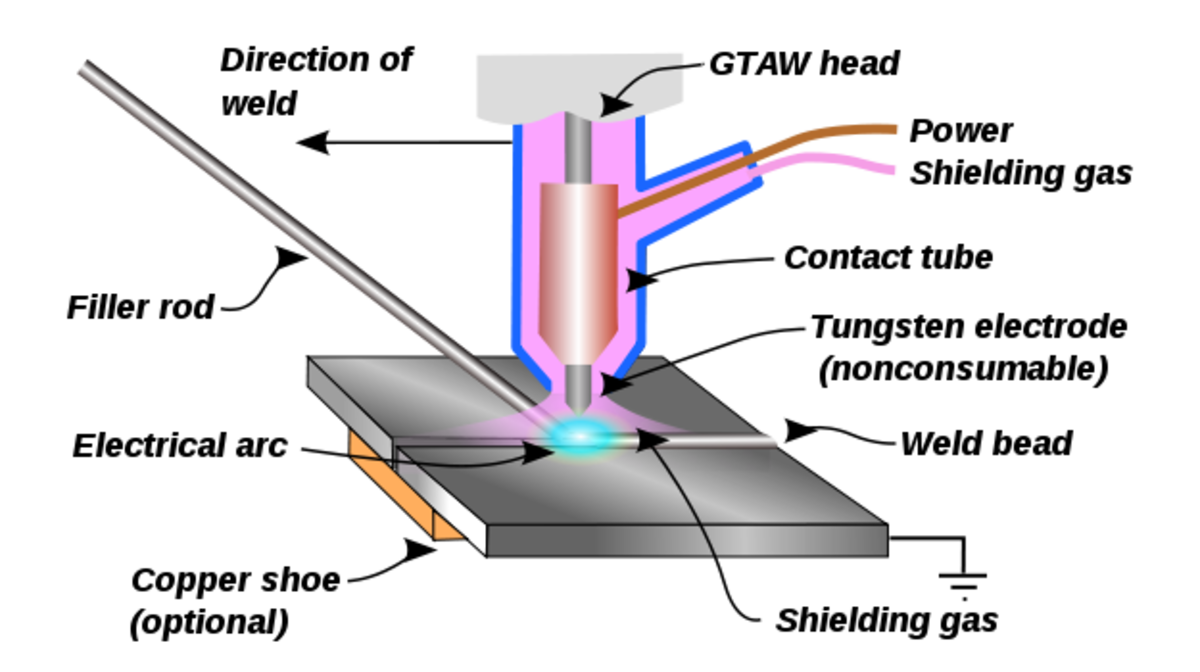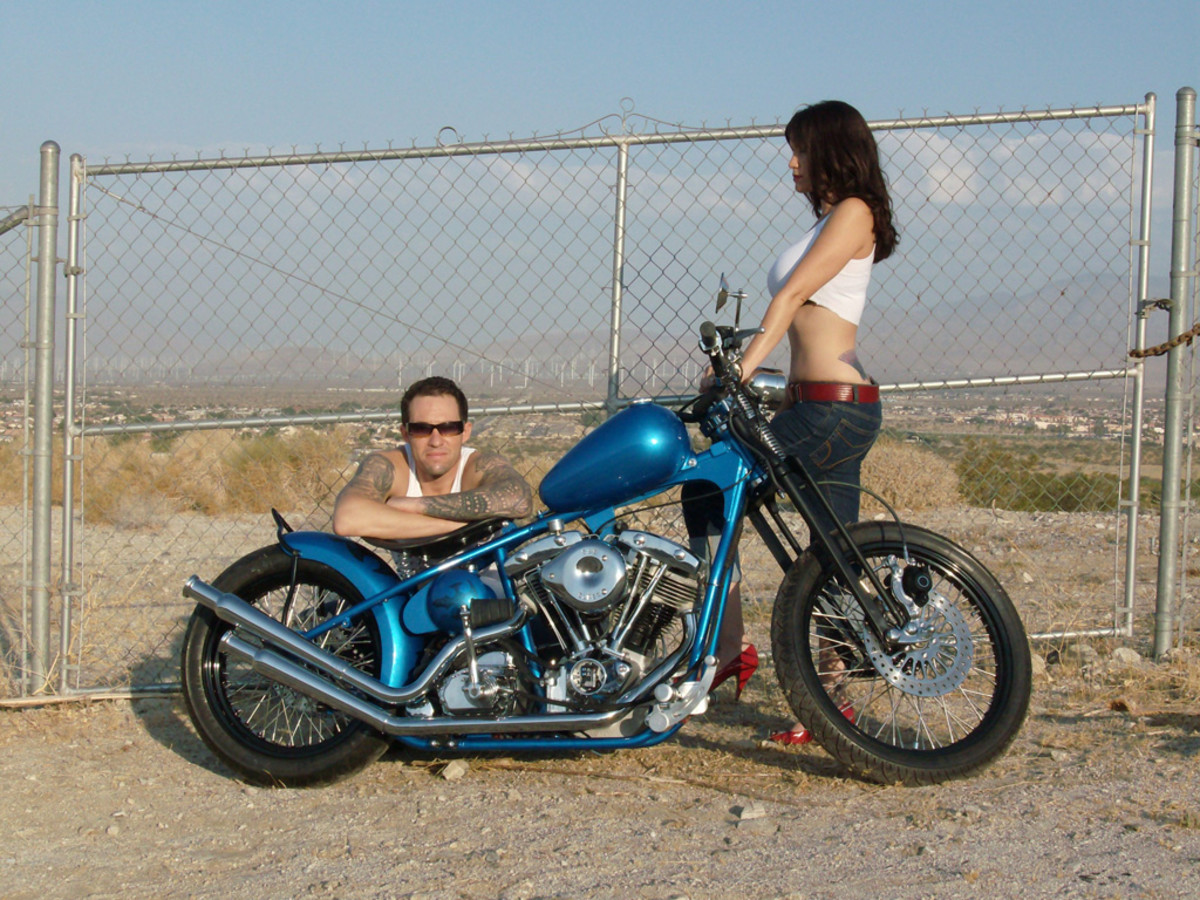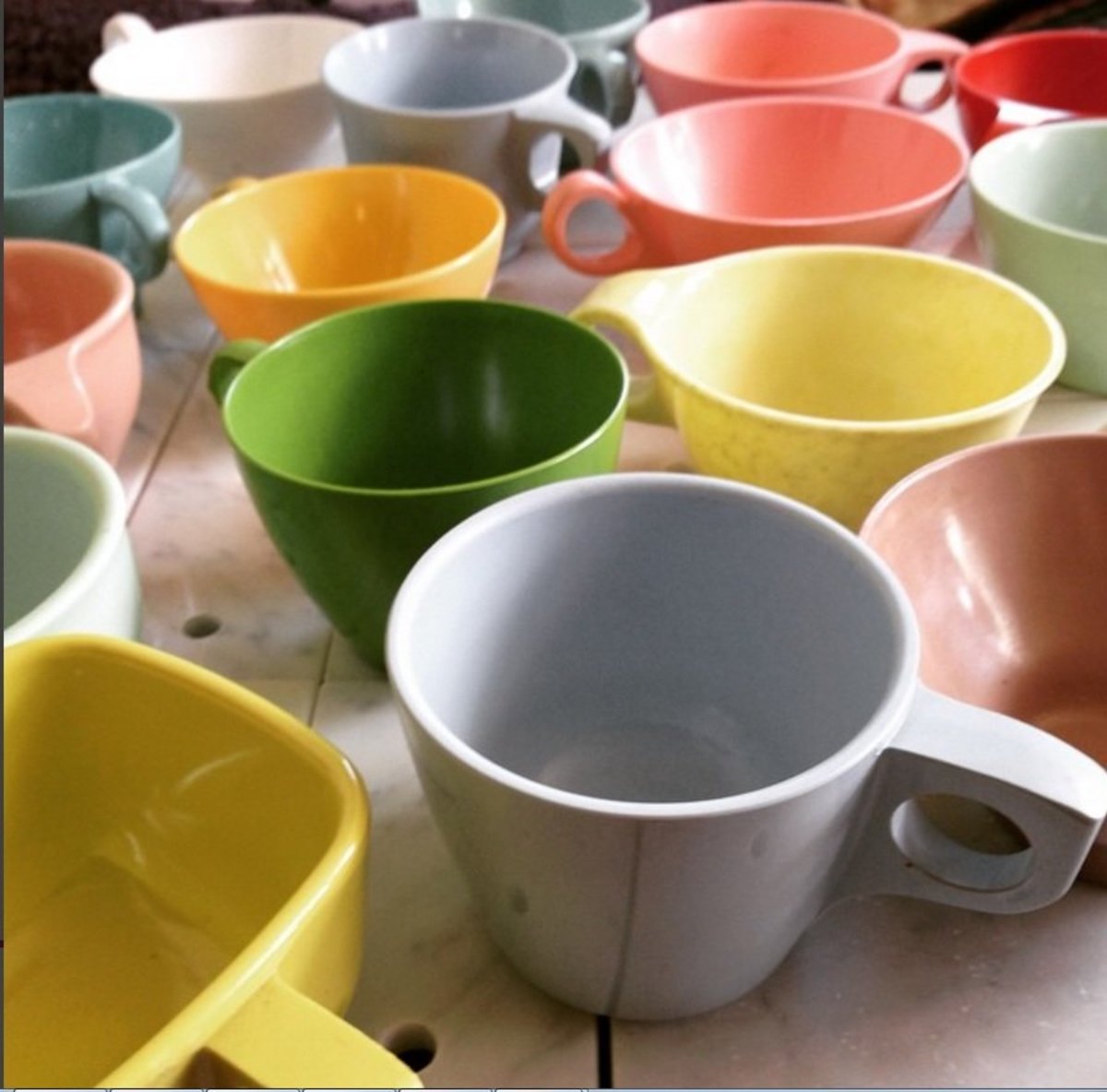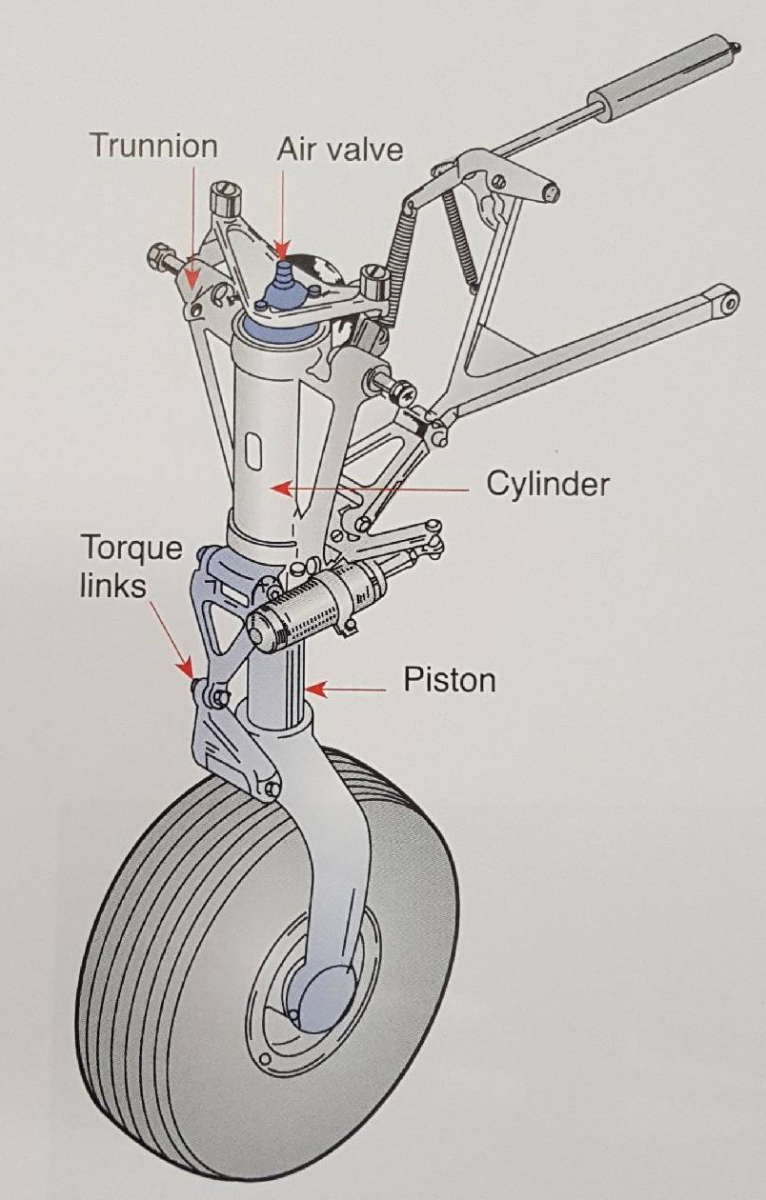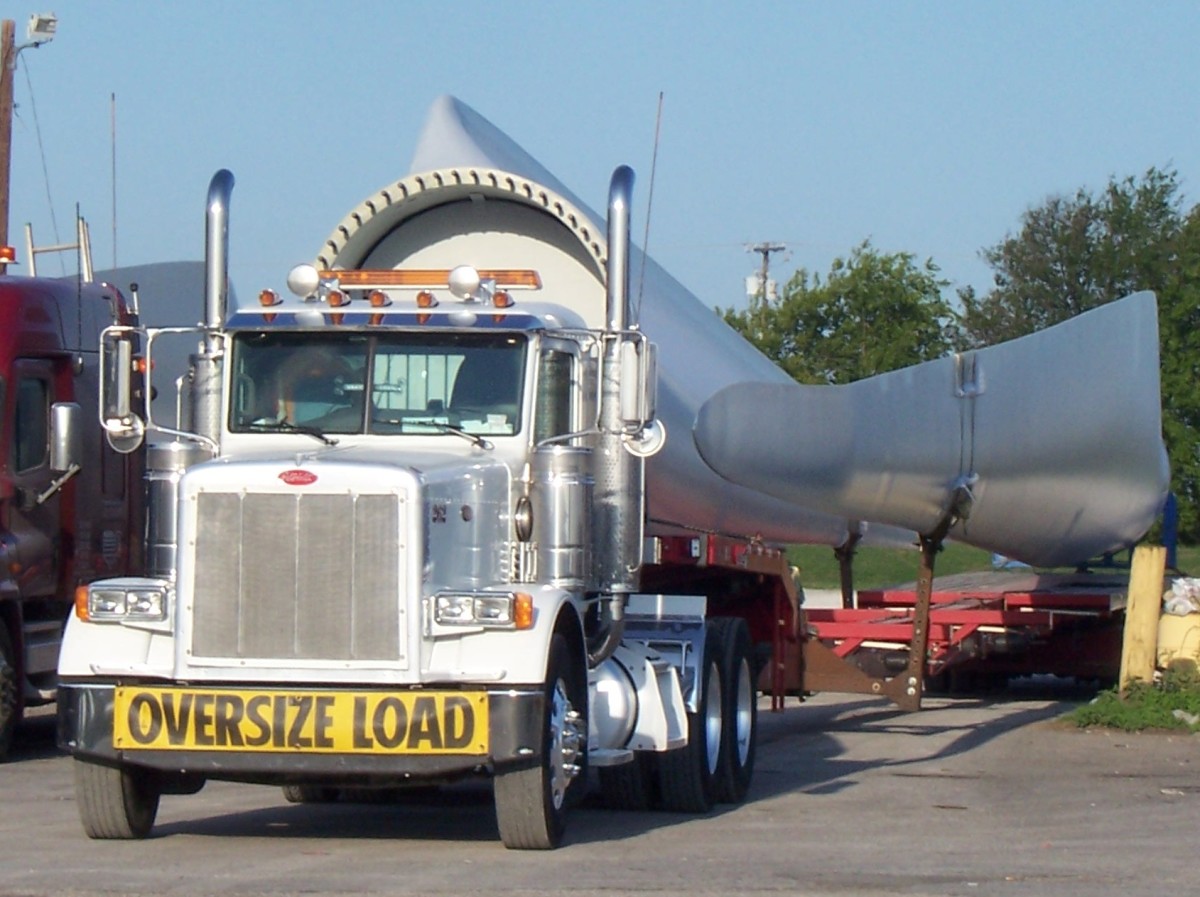Manufacturing Processes - Friction Welding Metal & Plastic
Friction Welding
Friction welding fits under the general manufacturing processes category of 'joining'. The process, as the name suggests, uses friction to generate heat energy. One component is rotated at high speed against another until enough heat is produced to allow the joint to be forged. Once the required temperature is achieved, roatation is stopped and the joint is then forged.
The process involves several friction stages:
- Stage 1, the components are pushed together under low pressure and one of the components is rotated to clean and prepare the mating surfaces.
- Stage 2, the pressure is then gradually increased to generate more heat energy which in turn makes the material more plastic. It can also start to melt the material at the mating surfaces where rotation is taking place, although this is not strictly required for the next stage of forging the joint.
- Stage 3, to forge the joint, rotation is stopped and the pressure is rapidly increased to force any molten metal out and produce the joint.
As you can see from the various stages described, it is a combination of rotation and pressure that causes the friction. But once temperature has been reached, rotation is no longer required and the final forging stage uses high pressure to make the join when both components are static. Other, that is, than the displacement which takes place as a result of the forging pressure forcing one component into the other; the displacement described is called the upset.
This is a common method for joining thermoplastics or dissimilar metals, where at least one of the components being joined needs to be circular and one of the materials needs to be ductile when hot so that the forging or upset stage is effective. It is worth noting that even though this process is referred to as friction welding, there is no need for the presence of molten metal so strictly speaking it is more akin to a forging process than a welding process.
From a cost perspective the tooling for different set ups is relatively inexpensive, but the initial outlay for the machines to perform the process is quite costly. There is very little scrap however and no need for filler materials or rods.
Care needs to be taken when positioning the components to ensure that the quality of the joint produced is good enough. Poorly aligned components or out of squareness will result in a low quality joint, although this is rare and the process generally is quite reliable.
The main disadvantage of friction welding is that it is configuration critical e.g. the form of the welded joint needs to be circular in order to effect the heat energy required. This means that there is a significant limit on the range and type of configurations that can be joined using friction welding.
Friction Welding

Friction Welding in Oil and Gas Exploration Equipment
Additional Resources for Manufacturing Processes
- Materials Selection versus Manufacturing Process
Material selections can determine what manufacturing processes are available, form can determine what materials can be used and manufacturing processes can determine what form can be created. So what you... - Manufacturing Processes and Methods Process
The selection of a manufacturing process is done very much on the basis of a manufacturer choosing the process that best suits his needs. Consideration must be given to a number of factors before deciding on a... - Manufacturing Processes - Joining Techniques
Adhesive bonding and mechanical fastening using rivets or nuts and bolts. - Manufacturing Processes - Brazing and Soldering
Brazing and soldering comes under the manufacturing processes category of joining. The process in both cases involves introducing a low temperature alloy into a controlled gap between metal surfaces. An... - Manufacturing Processes - Fusion Welding
Fusion welding belongs to the general manufacturing processes category of joining. One of the original welding techniques used was gas welding the best known of which is called Oxy- Acetylene welding. ...

